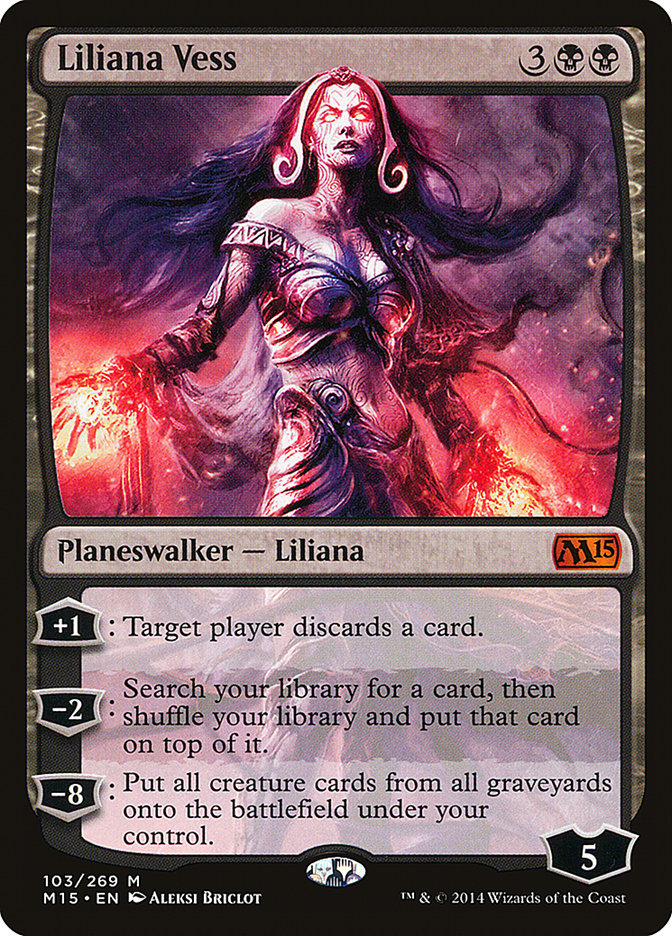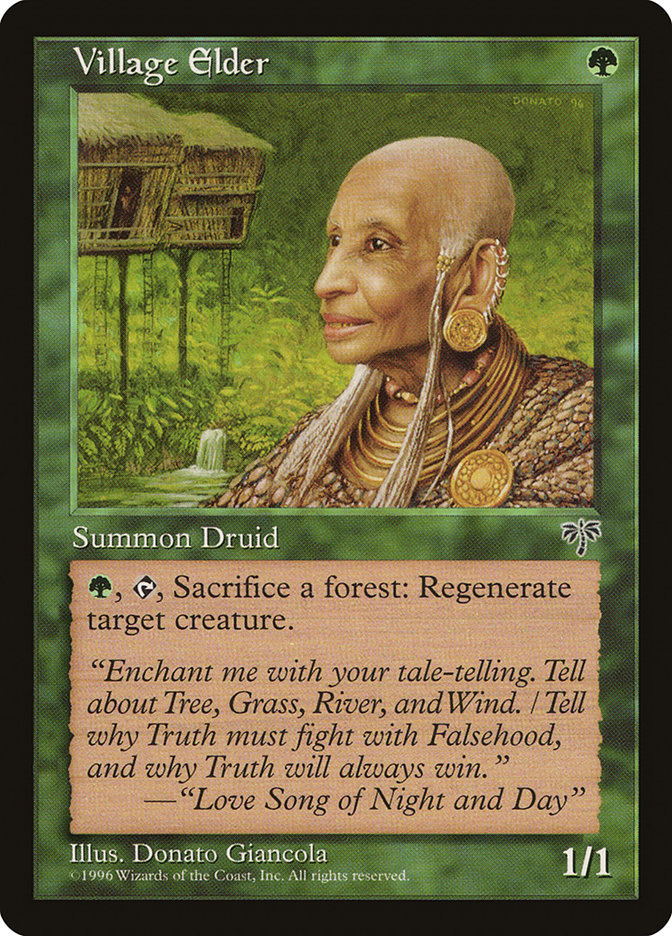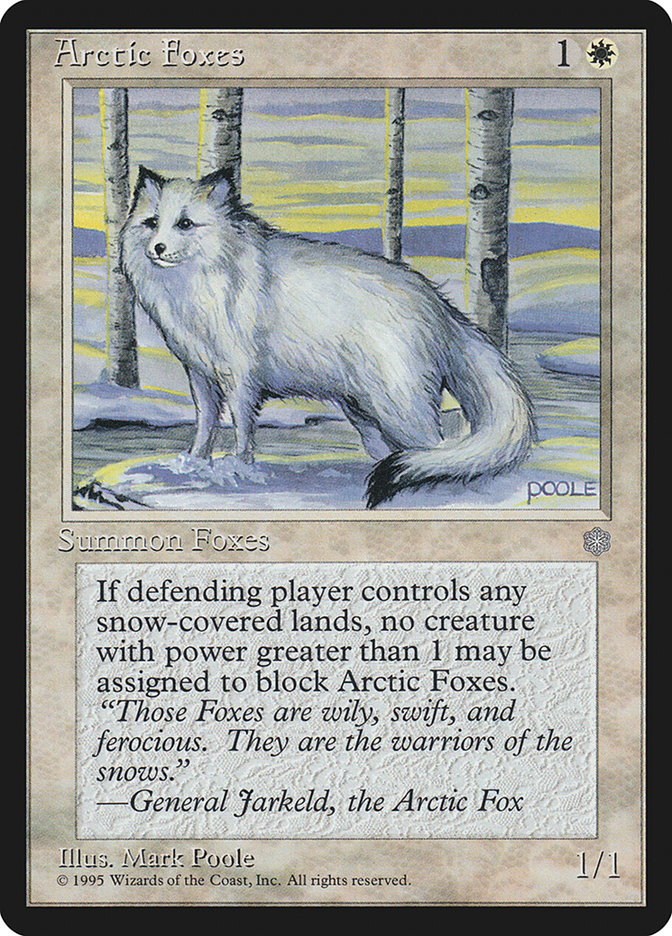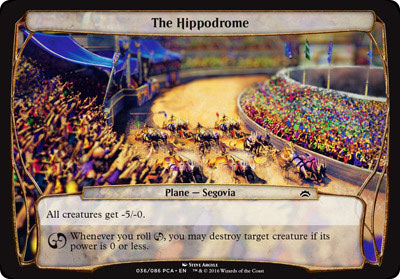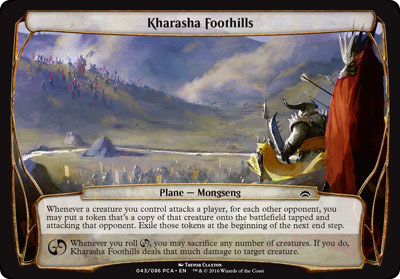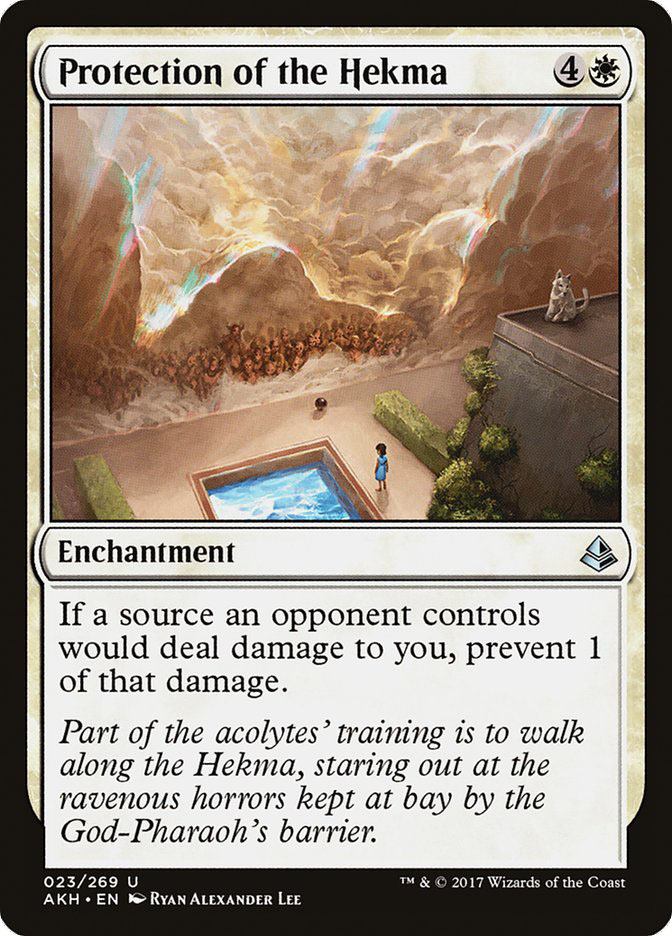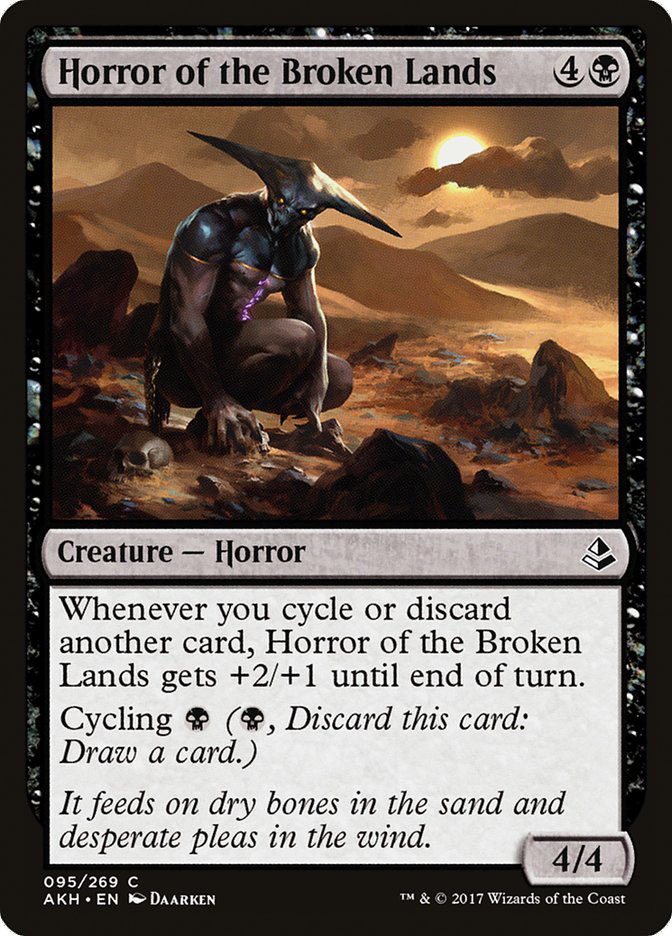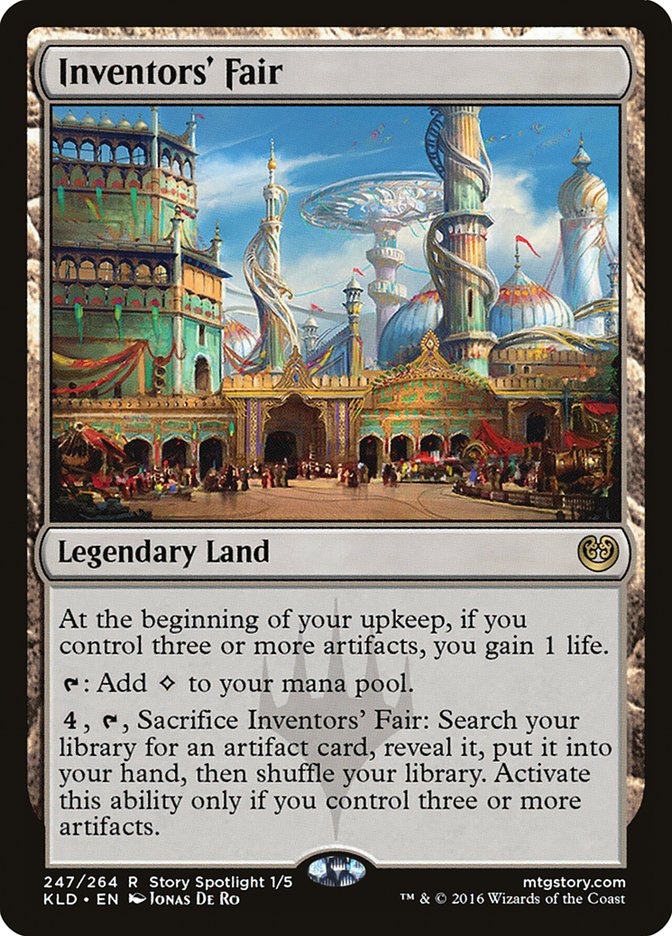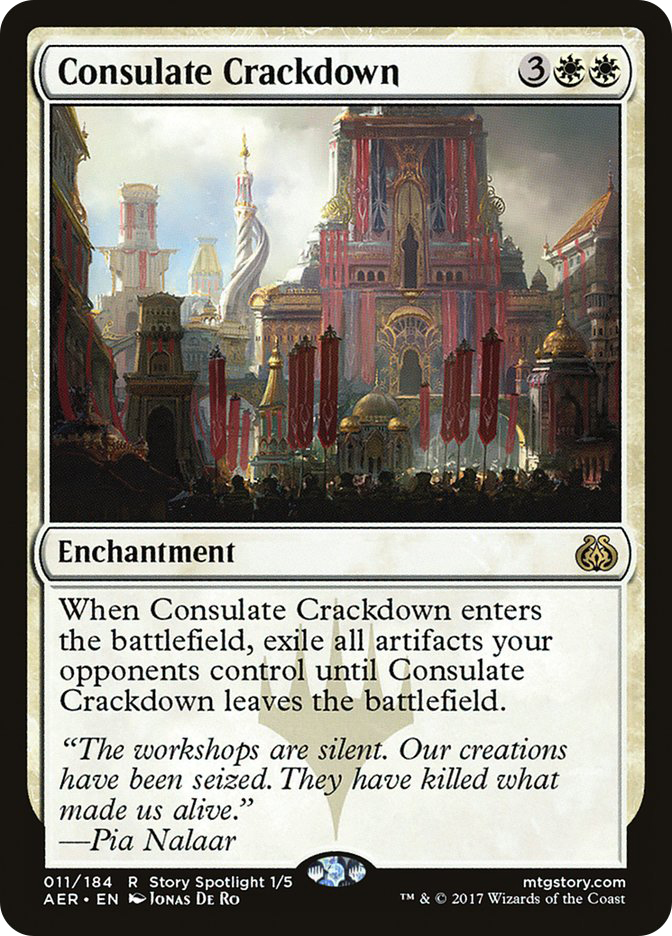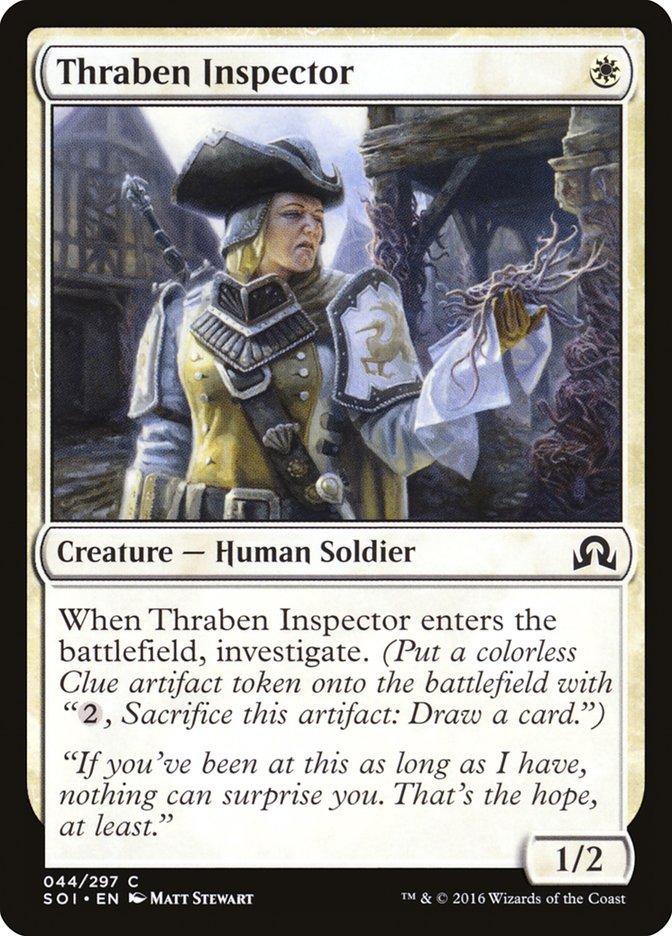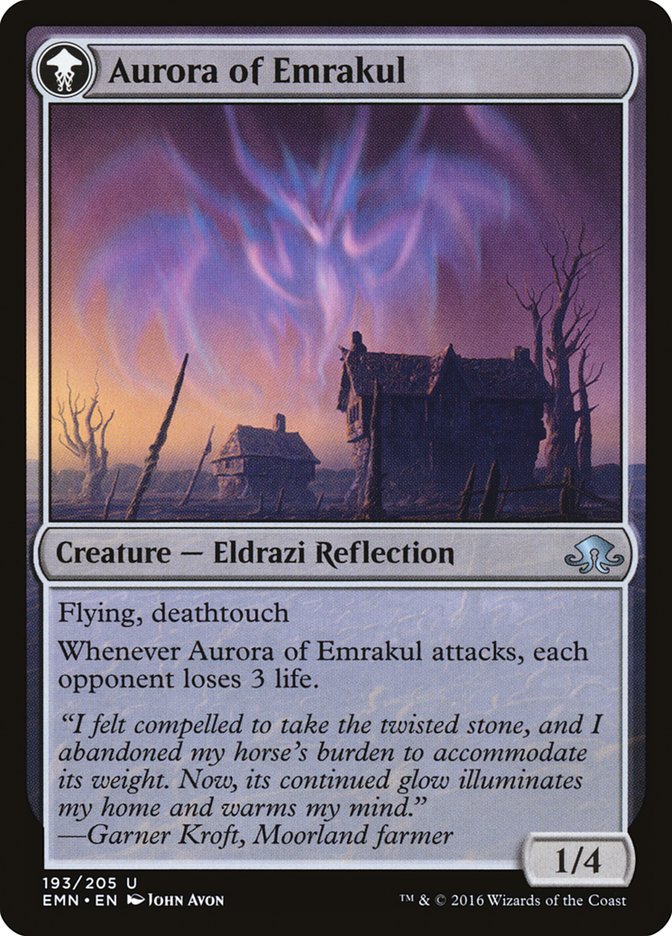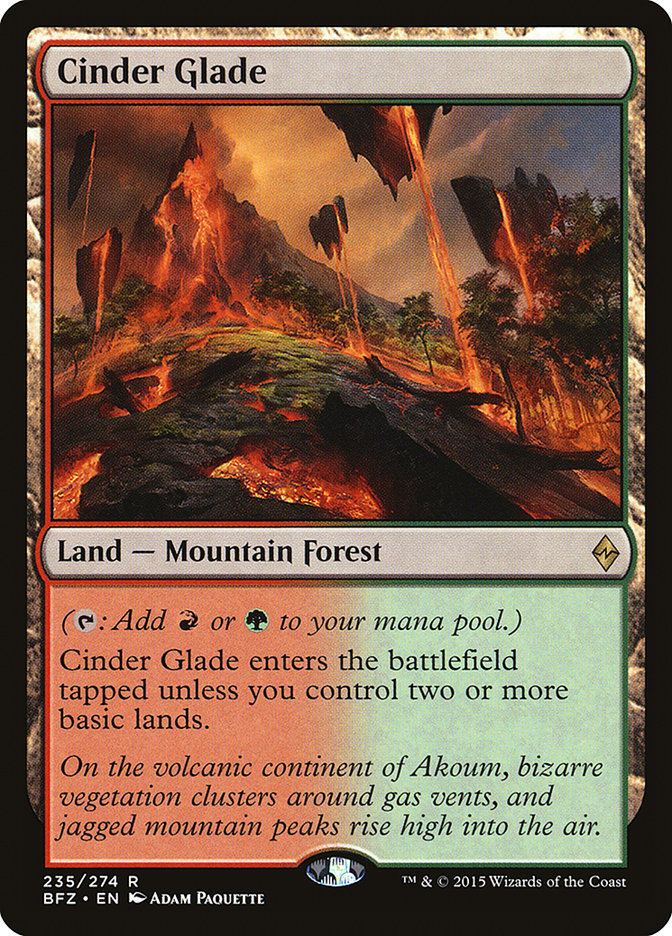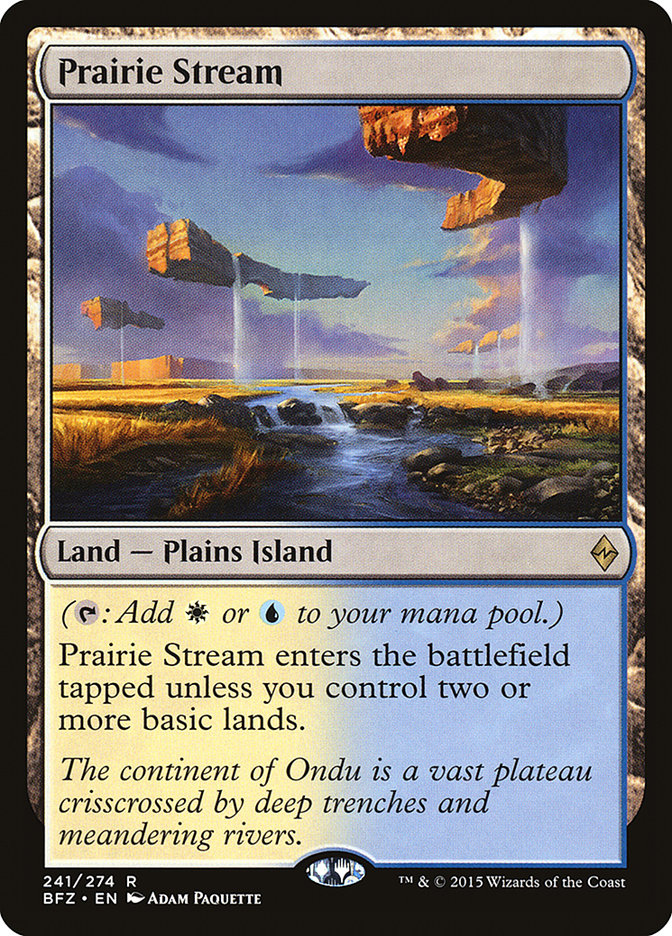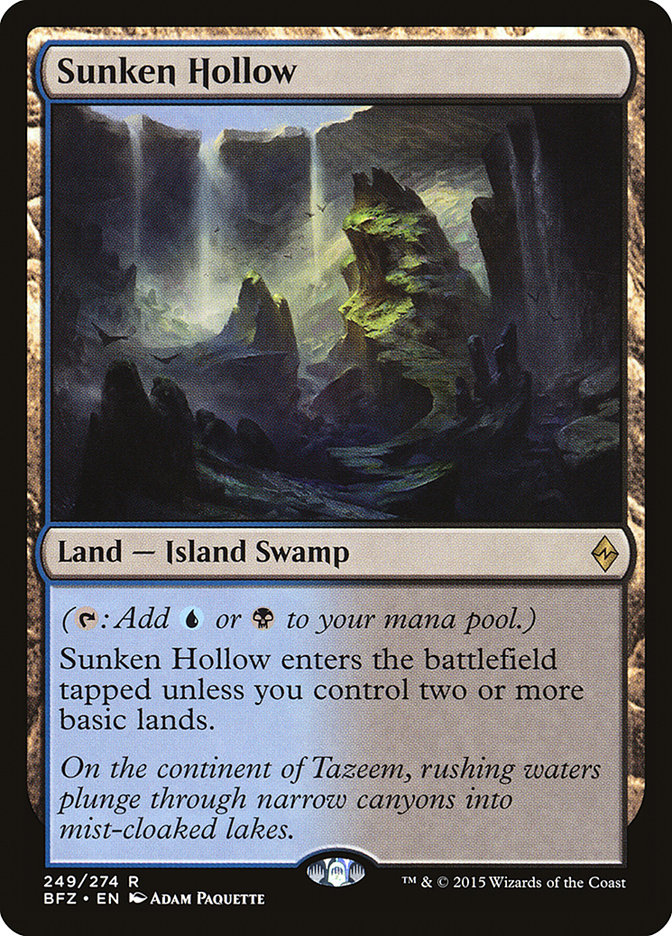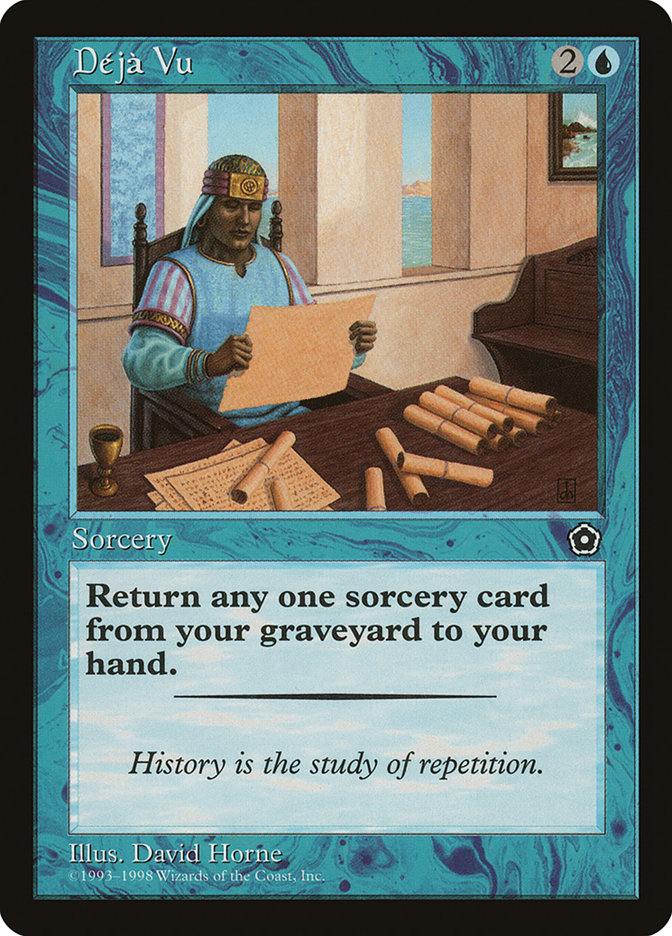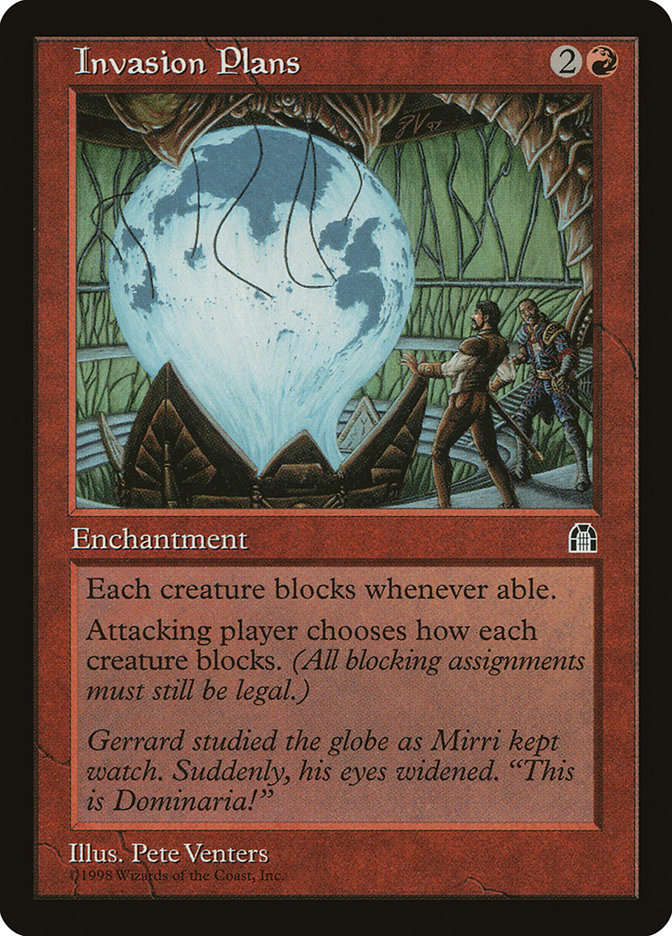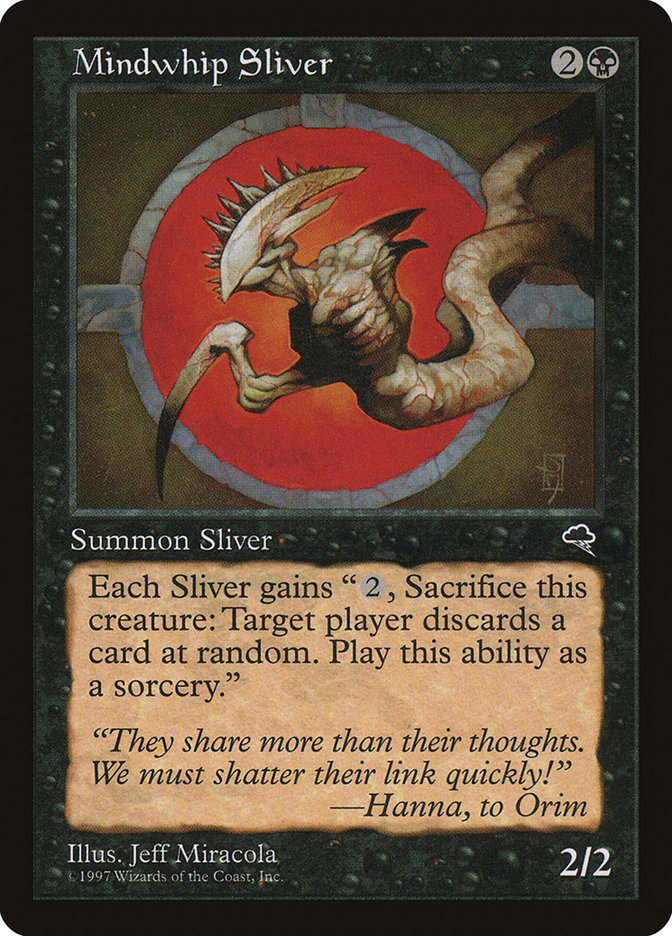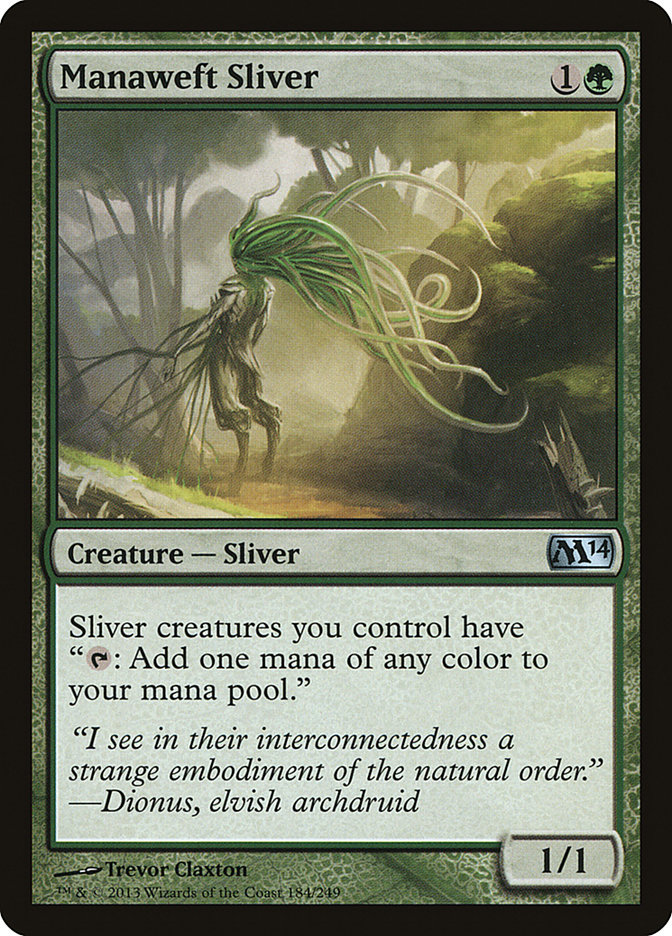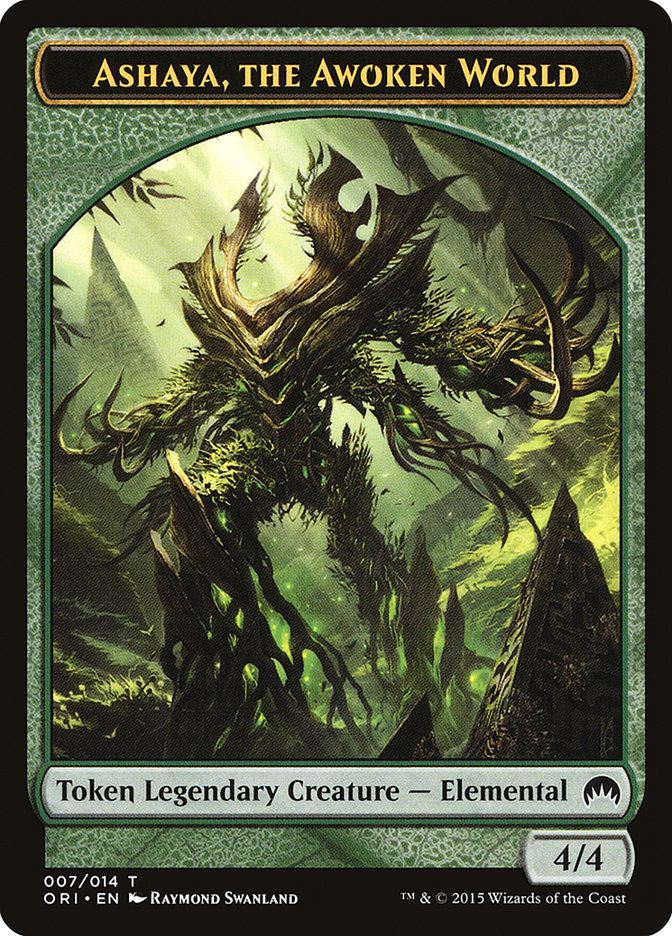Once Magic departs the tropical shores of Ixalan, the next stop on the itinerary is Dominaria, a name deeply meaningful to many longtime players but perhaps less meaningful to newer folks. The plane, last seen in a past version in Magic Origins (it’s the home plane of Liliana Vess, who is centuries older than everyone else who joined the Gatewatch), hasn’t been a main setting since Time Spiral block, when the accumulated deeds of various planeswalkers turned the plane into a time-warped wasteland that threatened to wreck the entire Multiverse. Only the Mending, which depowered planeswalkers from superpowered immortals to “mages with plane-hopping benefits,” staved off the Multiverse’s collapse.
The face of someone who’d make literal deals with Demons rather than grow old and die.
Before that, Dominaria was the central setting for much of Magic’s storytelling. The Weatherlight Saga, for instance, culminated in the Phyrexian invasion of Dominaria. Different continents have different “personalities,” so to speak, with Jamuraa taking influences from East Africa, Terisiare drawing from Scandinavia for its Ice Age era, and so on. Even after the defeat of Yawgmoth and the Phyrexians, Magic’s story lingered on Dominaria for two years more, on the obscure continent of Otaria, before moving on to new plane Mirrodin, the first in the “new plane every year” era.
By setting so many stories on Dominaria and making new places on which they took place, Magic’s early creative professionals ended up creating a gigantic and unruly world, as unified in appearance as Earth itself (which is to say, not at all). This past June, a Blogatog reader asked, “Is the Return to Dominaria going to focus on giving Dominaria a more cohesive identity?”
Mark Rosewater answered, “It is.”
This did not go over well among certain segments of the fandom. And Mark Rosewater fired back at criticism, defending “the incredible amount of hard work done by our creative team [at Wizards of the Coast] to make cool new worlds.”
But one cause of the confusion is Wizards of the Coast’s own creative direction. In several cases, its recent settings have been distinctive, interesting…and not, as I and other in the audience understand the term, “worlds” at all.
Setting Definitions
A setting, taken as the place and era in which the characters of a creative work exist and its plot events happen, can be as small or expansive as a creator chooses. On the expansive side, Joe Haldeman’s The Forever War travels between planets, across light-years and centuries. On the small side, many works influenced by the classical unities (and, frequently, budget constraints) make do with a single small place: the waiting area of a Chinese restaurant (Seinfeld’s “The Chinese Restaurant“), a jury’s deliberation room (Twelve Angry Men), or even the inside of a coffin (Buried).
And on the really small side, on the plane of Segovia, everything is in miniature. Even the Segovian Leviathan is only a 3/3.
But Wizards of the Coast does not describe its planes as settings or places. Instead it promotes its planes as worlds: “Adventure from world to world, each a new revelation of the boundless Multiverse.”
Now look at this section from Mark Rosewater’s blast-back on how Dominaria gaining a “cohesive identity” is not the same as “turning it into a one-trick pony.”
“What our worlds are not are hodgepodge worlds with disparate parts that have no connection with one another.
‘But that’s the way the real world is.’ There’s a difference between what works in the real world and what works in stories. Real life is often unbelievable through the lens of story. I had umpteen writing classes drive this point home.
And even when our worlds have more distinction between the parts, Alara and Tarkir as examples, there’s a relationship between the parts.
There was no reason for Ice Age and Mirage to be on the same plane other than laziness on our part. Them co-existing on the same world did little to enhance one another.”
When Mark Rosewater writes “world” above (excluding “hodgepodge worlds” and “the real world”), he reveals the gap between his definition, shared by Wizards of the Coast, and those of audience members like me. To him, a “world” is simply any of Magic’s settings.
Even the ones we don’t talk about anymore.
But to many in the audience, a “world” implies a vast and expansive setting with tremendous scope. In The Lord of the Rings, the events take place on Middle-earth, but the presence of the Dark Lands and Aman and other areas renders Arda/Earth a rounded-out world. Similarly, in A Song of Ice and Fire,Westeros may be where most of the action happens, but the existence of the continent Essos gives George R.R. Martin’s world an additional dimension.
Setting Up
Returning to Magic, its newest plane, Ixalan, seems plausible as a world. It has at least two continents (with Torrezon, aka “Vampire Elite Continent,” implied by the arrival of the conquistadors on Ixalan the continent); competing nations within a continent (the Sun Empire versus the Merfolk); and so on. It’s a world largely in sketches aside from the continent of Ixalan, yet a world nonetheless.
But let’s work back in time:
Amonkhet, for all we saw of it, had two areas: the city of Naktamun, inside the protective “Hekma” barrier and through with the River Luxa flowed, and the Desert Lands beyond. A solitary city-state in the middle of a hostile environment is a plausible setting. It is not a plausible world.
Kaladesh has places beyond the capital of Ghirapur, which we glimpsed in Magic Origins (the village of Bunarat, where Chandra’s parents hid her in “Chandra’s Origin: Fire Logic“). Yet the story of Kaladesh block focused tightly on Ghirapur itself, and the cards showed only hints of what lay beyond. A city of wonders hosting an Inventors’ Fair is a plausible setting. It is not a plausible world.
Innistrad has distinct areas and variations of culture, but nothing about the plane gives a sense of grand scale. Though Shadows over Innistrad block’s action takes place in several provinces (Markov Manor is in Stensia, while the Emrakul showdown happened at Thraben in Gavony), there’s no sense of great distance as Americans would reckon it. A haunted land divided into four provinces is a plausible setting, and even a plausible country. It is not a plausible world.
In fact, one has to go all the way back to Battle for Zendikar and the plane of Zendikar to find a setting that feels like a world with multiple continents and cultures. “Nations” is too much to say, as the wild mana roiling Zendikar is inimical to civilization and the Eldrazi devastation didn’t help, but life is at least organized in places, for certain values thereof.
Setting Down
While the claim that every Magic setting created since Eighth Edition is a “one-trick pony” is blatantly incorrect, it does contain the germ of a valid complaint. In June, Ixalan had not been released yet, and the trend was distinctly toward jewel-box planes that I and others would describe as “places” rather than “worlds” proper.
During the two-year Gatewatch Era sandwiched between Magic Origins and Ixalan, Standard-legal Magic’s settings were Zendikar (existing plane wrecked by Eldrazi), Innistrad (existing plane wrecked by Eldrazi), Kaladesh (previously glimpsed plane effectively restricted to one city), and Amonkhet (never-before-seen plane effectively restricted to one city). To recap, Standard consisted of two revisited planes on which the “Gatewatch meets Eldrazi apocalypse” plot was repeated, followed by two new planes with the “narrowly focused on one city” sense of place repeated. It’s the Magical equivalent of a skipping record.
Looking back, it’s pretty clear that the change to two blocks with two settings per year put the Magic Creative team under severe stress. Revisiting Zendikar and Innistrad gave the team a running start, but returning to a plane still requires plenty of work, not to mention posing challenges a fresh setting won’t.
And then Kaladesh, Amonkhet, and their respective planes were the Magical equivalents of bottle episodes on television, so restricted in scope they were. An occasional one is fine and a natural consequence of working in a creative field. Two in a row? That points to a deeper problem.
To be fair, Wizards of the Coast has worked on and continues to work toward fixing the issues; just look at Mark Rosewater’s “Metamorphosis 2.0” article to see how the company has given up the two-block-a-year structure, for instance. Further, Ixalan and its setting once more evoke a rounded-out world, just as Shards of Alara did with its five shards of existence, Khans of Tarkir did with its environments ranging from the snow-covered landscapes favored by the Temur Frontier to the steamy jungles of the Sultai Brood, and so on.
It’s a good start. But what will happen next?
Setting and (Never) Forgetting
And so we return to Dominaria. Players have seen it through millennia of events on far-flung continents. It is a true, rounded world.
For a flatter version, here’s a map.
Is it any wonder that, on a June day when the then-current plane and the one before it were effectively shrunk down to the size of cities, a reader might fear what imposing a “cohesive identity” on Magic’s most variegated plane would do to it?
In fact, I’m still worried. We don’t know what that “cohesive identity” is going to be, or what will be lost in the process. Will we still have Jamuraa, the land of “The Love Song of Night and Day?” Shiv, where the Shivan Dragon roosts? Urborg? Tolaria? The Nomads of Otaria, who got me to fall in love with Magic?
Would Magic really have been improved if the continent of Jamuraa were instead the “East African plane,” or if the continent of Terisiare under the Ice Age were instead a separate plane called Kaldheim?
“Old fans, please have faith,” Mark Rosewater says.
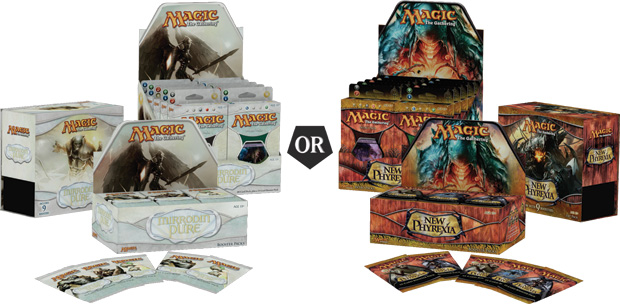
“Old fans, please have faith,” Mark Rosewater says.
“Old fans, please have faith,” Mark Rosewater says.
Do not ask for my faith. Show me what you have done to Dominaria, and I will tell you if you have made a mere place out of what once had been a world.
Un-Set
As for the Unstable flavor review some of you might have expected: there won’t be one from me. Un-sets are emphatically “not my thing,” and Unstable is no different.
I’m glad Andrea Radeck made her Magic debut. I agree with Nich Grayson. As much as I like the John Avon art, I agree with Pat Cox.
When there’s nothing else to say…


